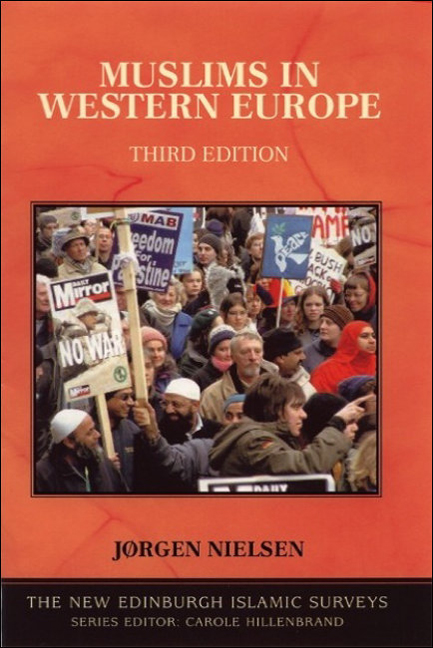8 - Family, law and culture
Published online by Cambridge University Press: 20 December 2017
Summary
Social and economic considerations
The process of immigration has been the main factor in determining the basic working and living conditions of the majority of Muslims, certainly of the immigrant generation itself. They came with little European language ability, to find employment in the less skilled parts of industry. Their educational qualifications were low, and those which they had were only recognised sparingly. Housing conditions were poor. The effect of racial discrimination has been to perpetuate these conditions and, to a great extent, to pass them on to the children.
This is not the place to present a general survey of the social and economic conditions of non-European immigrant and ethnic minority communities in Europe, a field in which a substantial literature has accumulated. Much of this literature relates of course to Muslims, since in mainland Europe most such communities are Muslim in origin. This circumstance makes it particularly difficult to make any judgement as to how far their social and economic circumstances are affected by the fact of these communities’ Muslim identity. While there is no doubt that the conditions affect very strongly Muslims’ reaction and adaptation, it seems absurd in such circumstances to attribute to Islam, as a religion, any alleged social or economic shortcomings attributed to Muslims in Europe.
In Britain, however, the circumstances of the immigration have brought not only Muslim communities but also Hindu and Sikh communities from generally similar areas, namely particular regions of the north of the Indian subcontinent. Here, one has a situation where it is possible at least to attempt a comparison, and so we can refer again to the circumstances outlined in the opening paragraph above.
A number of surveys have shown the extent of these circumstances, in particular four major surveys on racial disadvantage, conducted in 1966, 1974, 1982 and 1994. However, there are significant differences in these areas, as the third survey showed with reference to English-language ability. In 1982, three-quarters of Bangladeshi women and a slightly smaller proportion of Pakistani women spoke little or no English, while the same was the case with half of Bangladeshi men but less than a quarter of Pakistani men. These differences are symptomatic partly of the later arrival of Bangladeshis and partly of the extent to which women conducted their lives within the community.
- Type
- Chapter
- Information
- Muslims in Western Europe , pp. 112 - 132Publisher: Edinburgh University PressPrint publication year: 2015

